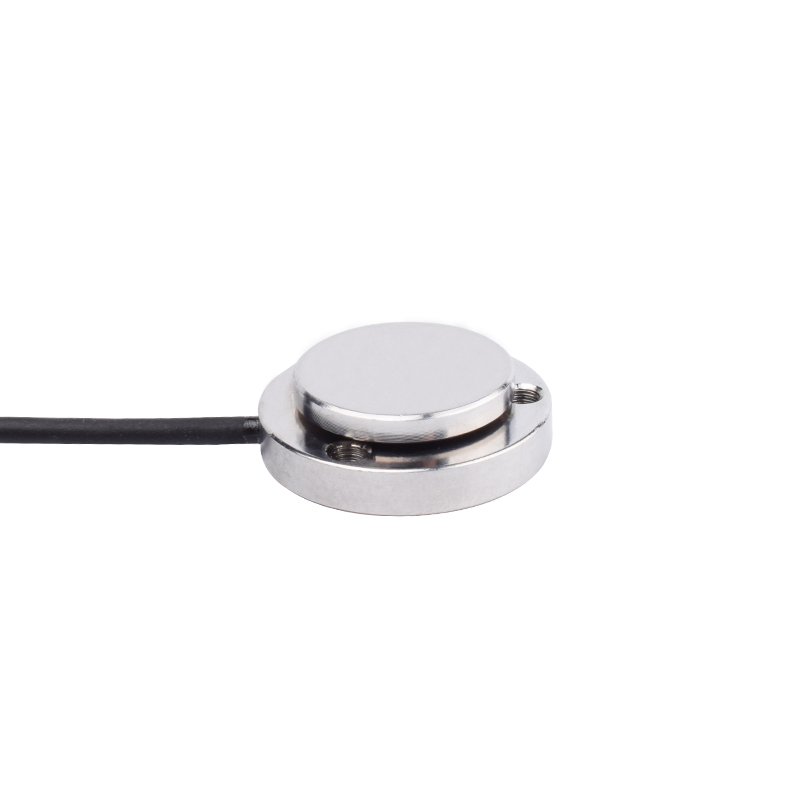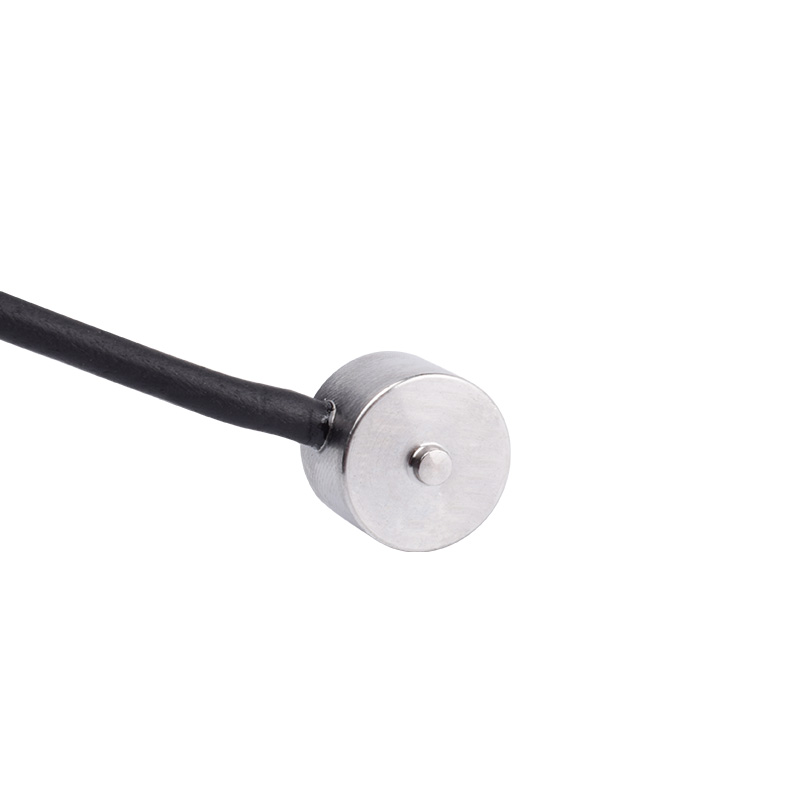The future development trend of force sensors
In today's rapidly changing science and technology, force sensors as a modern industrial automation, intelligent key components, is with its unique charm to lead the new trend of future development. From machinery manufacturing to aerospace, from transportation to health care, force sensors are everywhere, and their future development trend is full of infinite possibilities.
First, the integration of technology and innovation
1. Miniaturization and integration: With the continuous development of micro-nanotechnology and integrated circuit technology, load cells will gradually realize miniaturization and integration. This trend makes the sensor easier to install and use, while improving the accuracy and reliability of the measurement. Miniaturized sensors will be widely used in biomedicine, aerospace and other fields that require high precision and miniaturization of measurement.
2. Intelligent and networked: transducers will gradually be integrated into intelligent systems, with self-calibration, self-adaptation, self-compensation and other intelligent functions. These features will improve the accuracy and reliability of measurement, while reducing maintenance costs. Networked force sensors will realize real-time monitoring and remote transmission of data, providing strong support for industrial automation, intelligent manufacturing and other fields.
3. New materials and processes: With the emergence of new materials and processes, force sensors will be manufactured using more advanced materials and technologies. For example, new materials such as nanomaterials, graphene and other new materials will be used in the manufacture of sensors to improve their performance and stability. New processes such as 3D printing, laser processing, etc. will also provide a more efficient and accurate method for the manufacture of sensors.
Second, the expansion of application areas
1. The development of emerging markets: force sensors will gradually expand to emerging markets and fields, such as wearable devices, smart homes, smart transportation and so on. The demand for sensors in these areas will be more diverse and personalized, providing new opportunities for the development of sensors.
2. Upgrading of traditional industries: in traditional industries, such as automobile manufacturing, aerospace, etc., force measurement sensors will play a more important role. With the continuous upgrading and transformation of these industries, the requirements for sensors will be more stringent and diverse.
Third, the market demand and trends
1. High-precision and high-reliability needs: With the increasing requirements of industrial manufacturing and scientific research on measurement accuracy and reliability, force sensors will pay more attention to high-precision and high-reliability design. This will provide more accurate data support for precision manufacturing, quality control and scientific research.
2. Customization and personalization needs: With the diversification of market demand, force sensors will gradually develop in the direction of customization and personalization. Enterprises will customize the design according to customer needs and application scenarios to provide sensor products that are more in line with customer needs.

